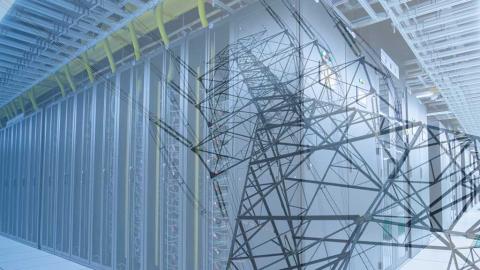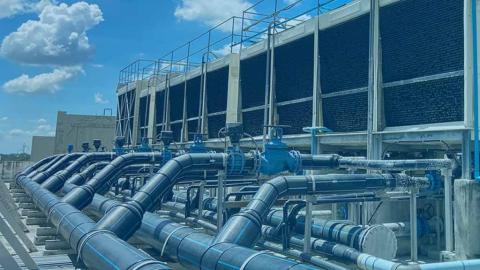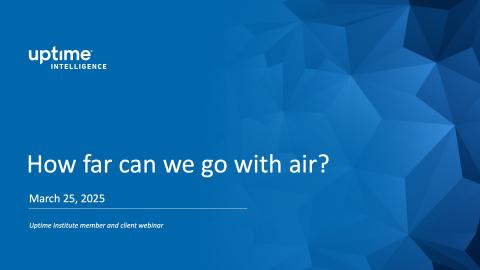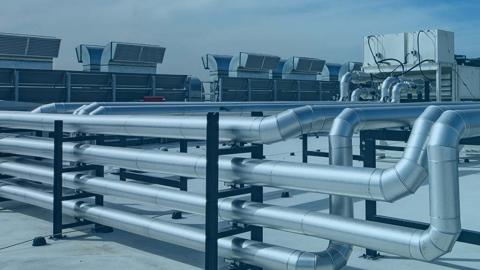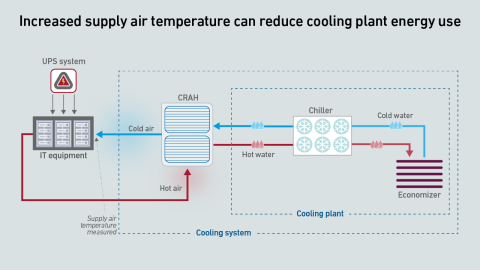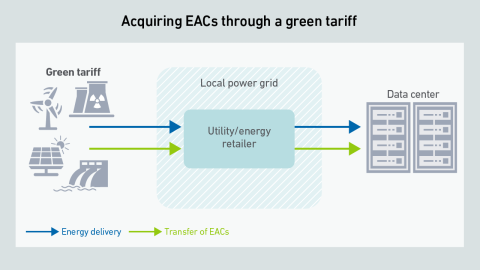Competition for grid power is increasing; data center operators need to use reserved grid power responsibly — to support business objectives, maintain strong relationships with authorities and avoid negative publicity.

Dr. Tomas Rahkonen
Dr. Rahkonen is the Research Director Sustainability, Europe at Uptime Institute. Rahkonen has spent the last 25 years in positions within the telecommunications, mobile communications, and data center sectors globally, and most recently served as the CTO of Flexenclosure, where he managed the design and delivery of prefab data centers across four continents.
TRahkonen@uptimeinstitute.com
Latest Research
French operators must consider three regulatory sustainability reporting frameworks and a policy for tax incentives. A proposed law will fast-track facilities of national interest, potentially overriding local environmental protections.
The European Commission is looking to revise the technical criteria for data centers under its taxonomy for financial sustainability to define what qualifies a data center as being environmentally sustainable.
The European Commission's proposed data center rating and labeling scheme will require operators to report a range of operational data. This report details Uptime's official response to the proposals.
The EU is stepping up efforts to implement the Energy Efficiency Directive for data centers by announcing a related energy efficiency package, due to be released in Q1 2026.
Although the data center industry is mostly aware of the EU's Energy Efficiency Directive, Uptime Intelligence's research suggests widespread confusion on specific components of the directive - and its implementation status.
To meet the demands of unprecedented rack power densities, driven by AI workloads, data center cooling systems need to evolve and accommodate a growing mix of air and liquid cooling technologies.
While AI infrastructure build-out may focus on performance today, over time data center operators will need to address efficiency and sustainability concerns.
How far can we go with air? Uptime experts discuss and answer questions on cooling strategies and debate the challenges and trade-offs with efficiency and costs.Please watch this latest entry in the Uptime Intelligence Client Webinar series. The…
Compared with most traditional data centers, those hosting large AI training workloads require increased attention to dynamic thermal management, including capabilities to handle sudden and substantial load variations effectively.
AI infrastructure increases rack power, requiring operators to upgrade IT cooling. While some (typically with rack power up to 50 kW) rely on close-coupled air cooling, others with more demanding AI workloads are adopting hybrid air and DLC.
Raising supply air temperature is drawing interest from data center providers and regulators in some countries. While saving energy, it may also reduce resiliency. This report quantifies energy impacts to clarify when it can be beneficial.
Increasing supply air temperature is gaining interest as an approach to potentially save data center energy. However, savings will not be universally possible and understanding its potential involves a complex multivariable analysis.
Energy attribute certificates (EACs) are becoming the preferred option for demonstrating the consumption of carbon-free and renewable energy. However, there is still some considerable debate regarding what type of EACs to use.
Sometime after 2026, the EU is expected to adopt an upcoming version of CENELEC's TS 50600-5-1 Maturity Model to assess data center sustainability. The current technical specification has some controversial elements.
